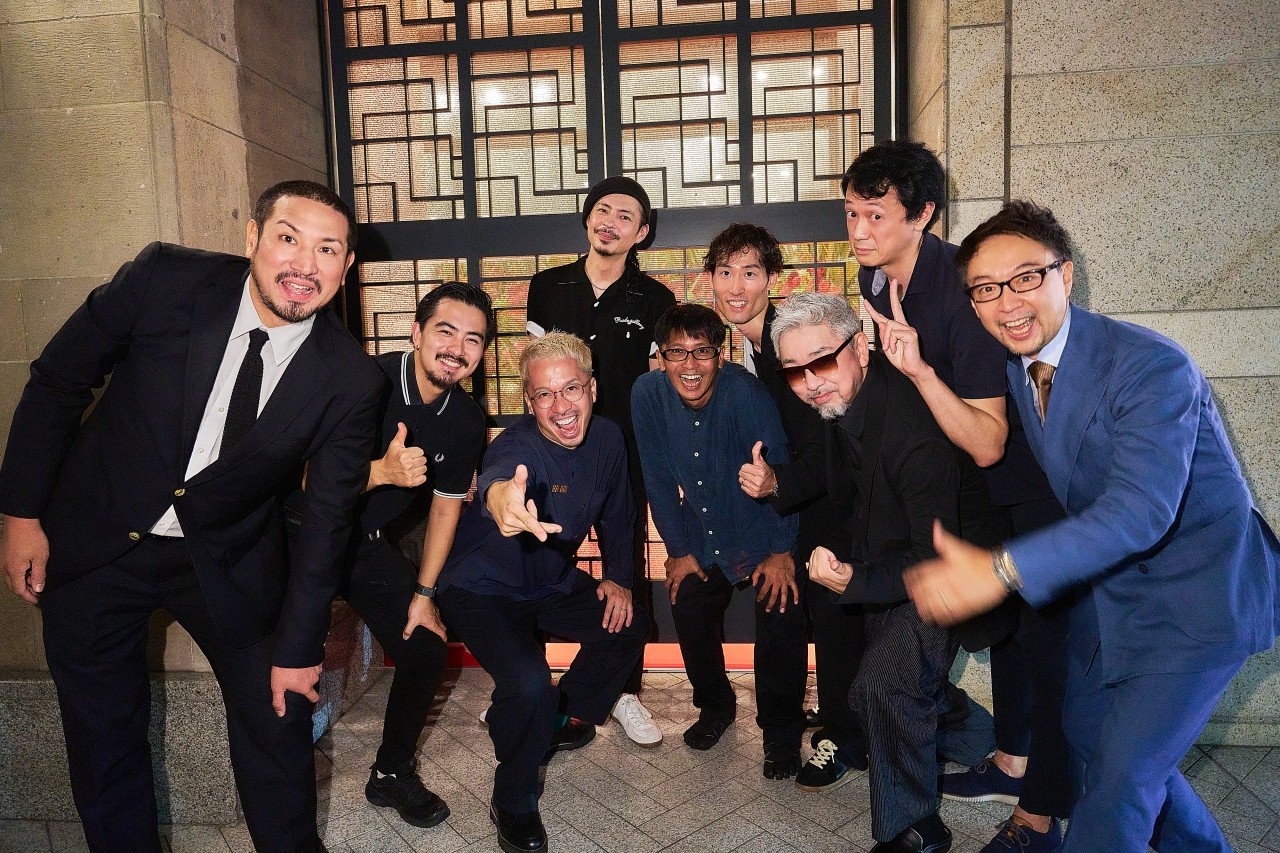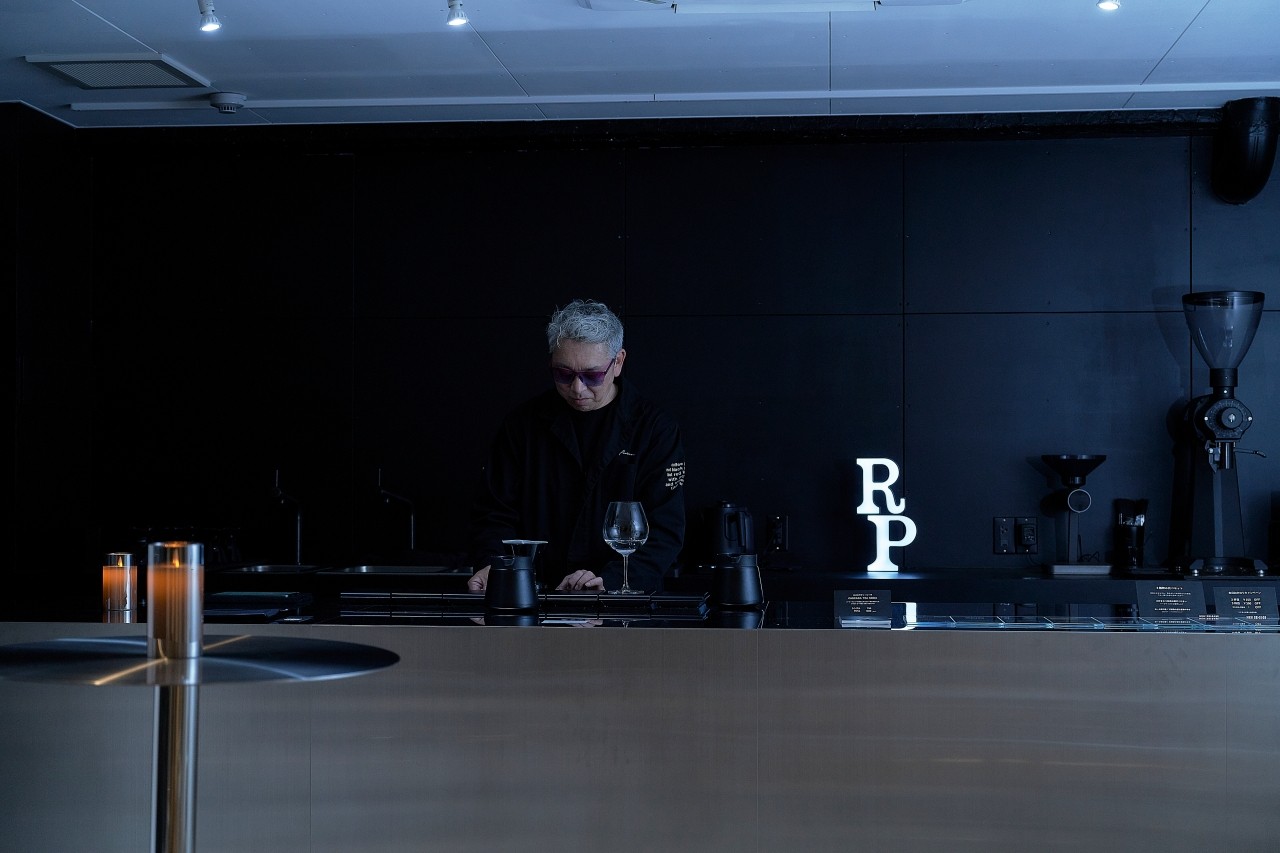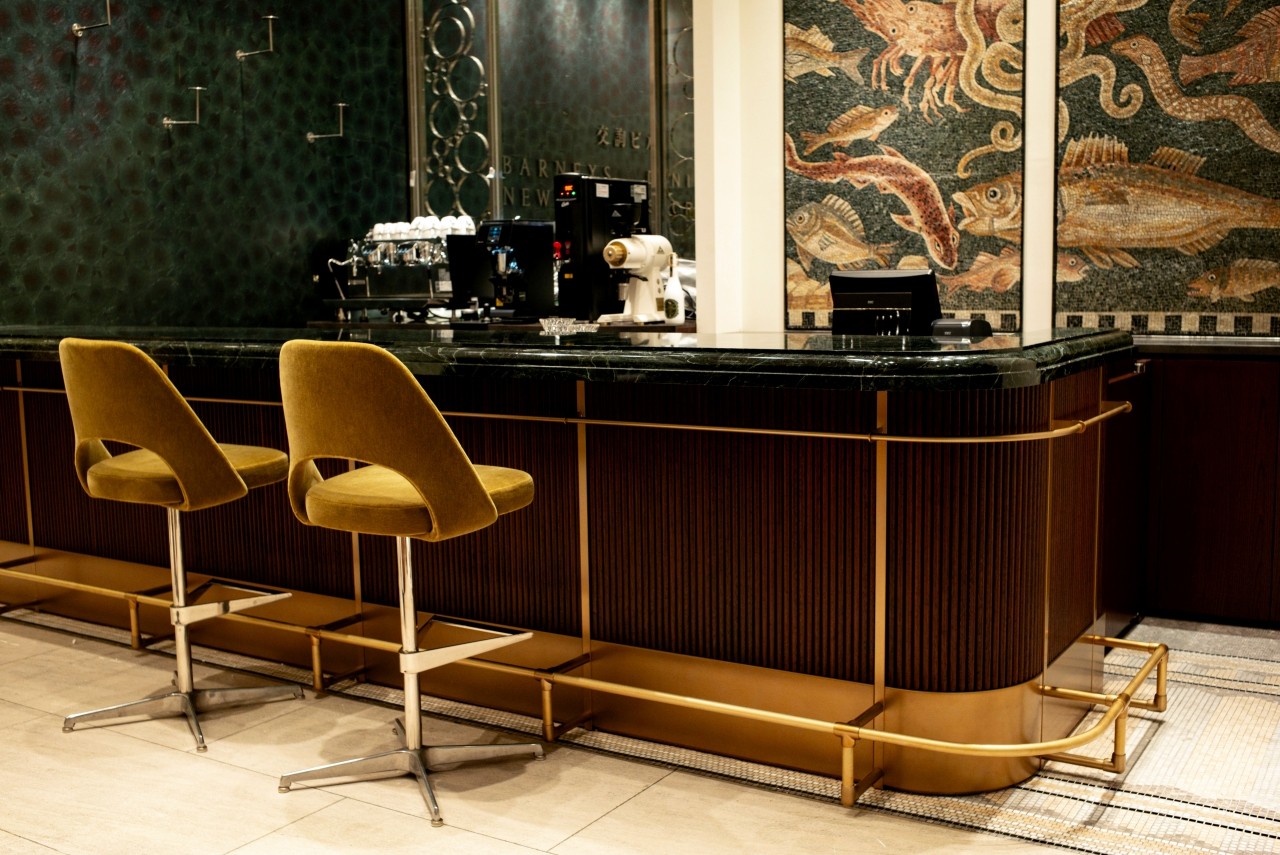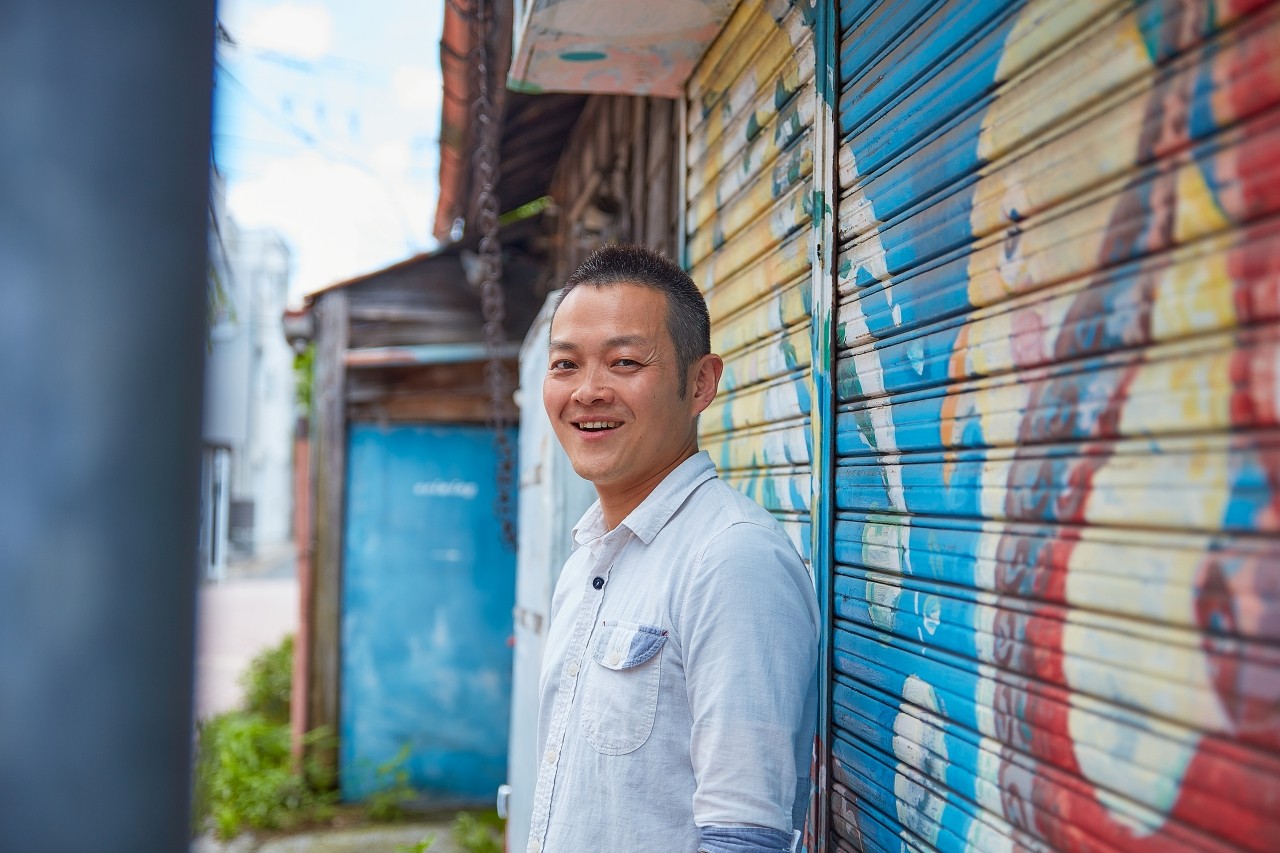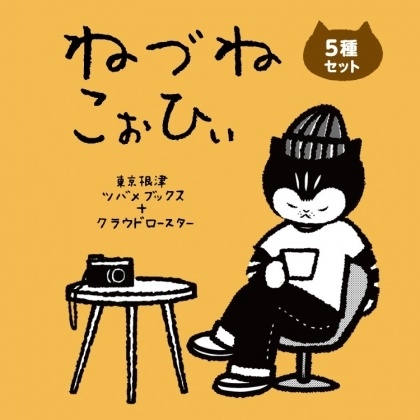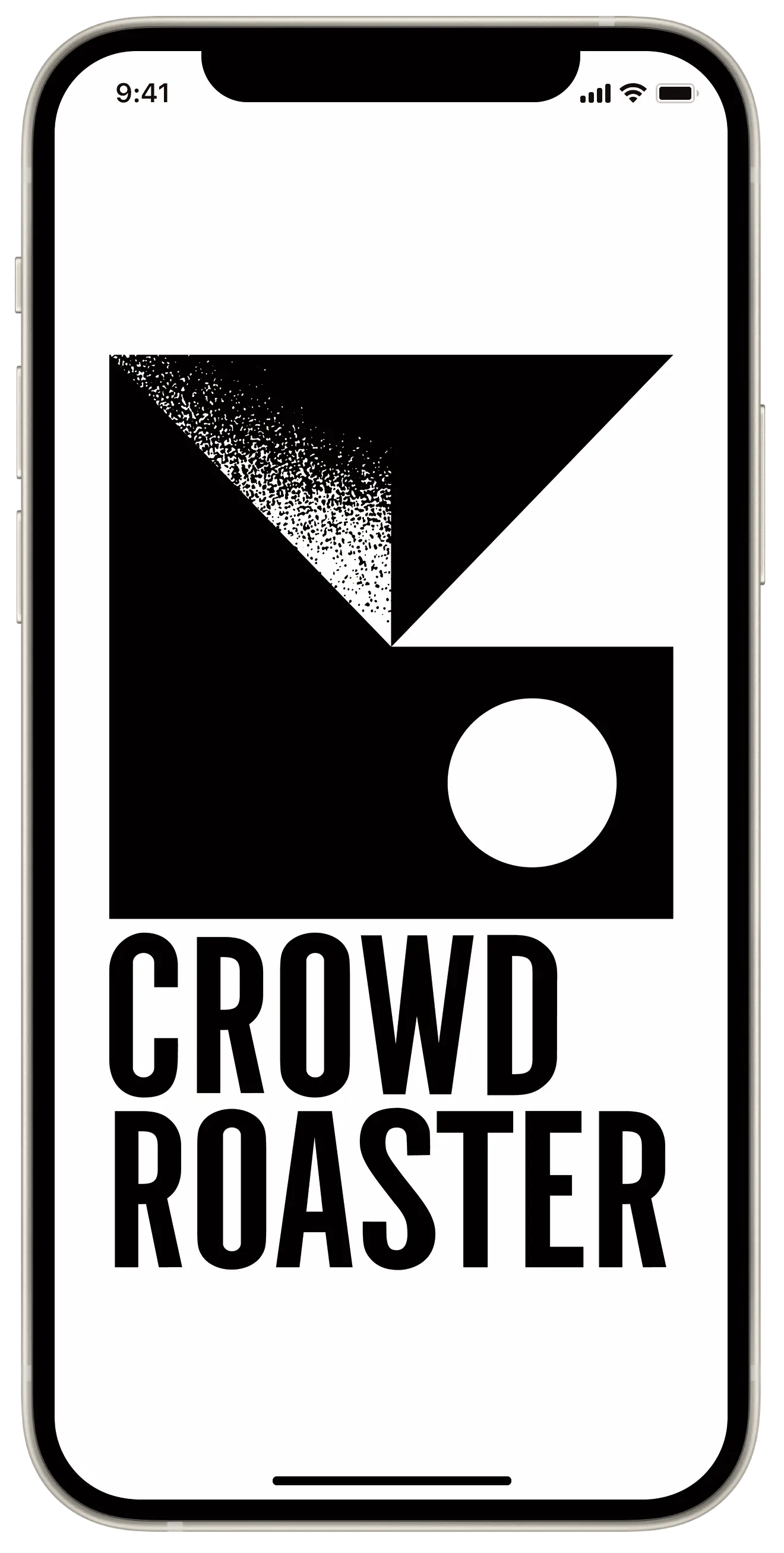How to remove caffeine from decaffeinated coffee?
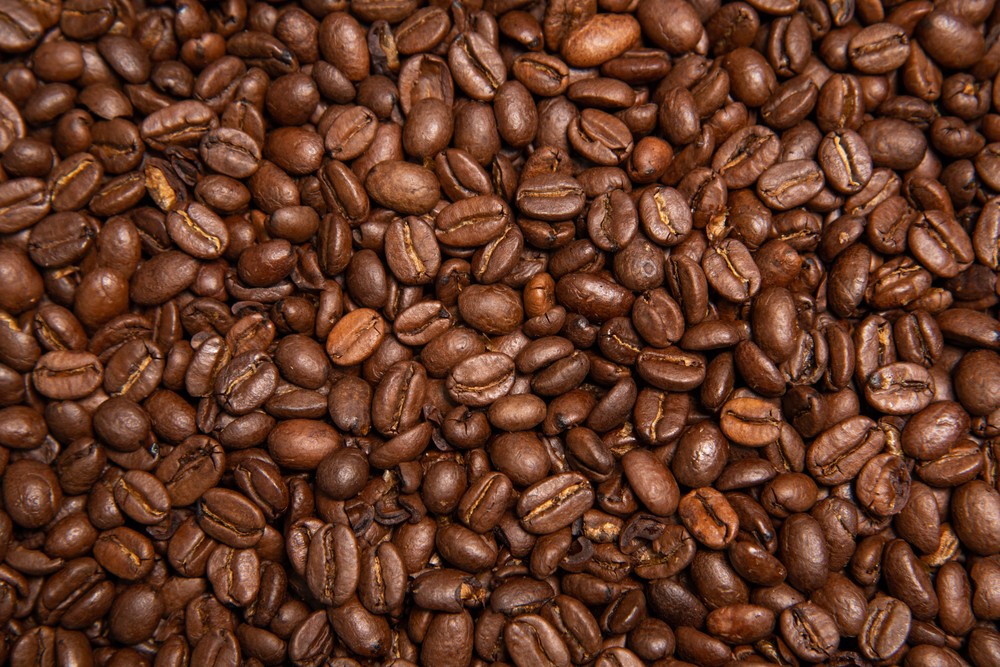
In this article, we'll discuss a few ways to eliminate caffeine.
First of all, what is decaf?
In Japan, coffee can be labeled as "caffeine-free coffee" or "decaffeinated coffee" if more than 90% of the caffeine has been removed, but in Europe, coffee cannot be called decaffeinated unless it contains less than 0.2% caffeine in the coffee beans.
A small amount of coffee is naturally low in caffeine, and some coffee varieties are genetically modified to be caffeine-free.
However, the decaffeinated coffee you commonly encounter has undergone a Manabu process called decaffeination.
There are several ways to remove caffeine from coffee, and these are done on the green beans before they are roasted, which is how decaffeinated coffee is made.
Decaffeinated coffee generally tastes slightly different than caffeinated coffee, depending on the original coffee and the method used, and all methods usually leave a small amount of caffeine behind.
The four most common methods of decaffeination
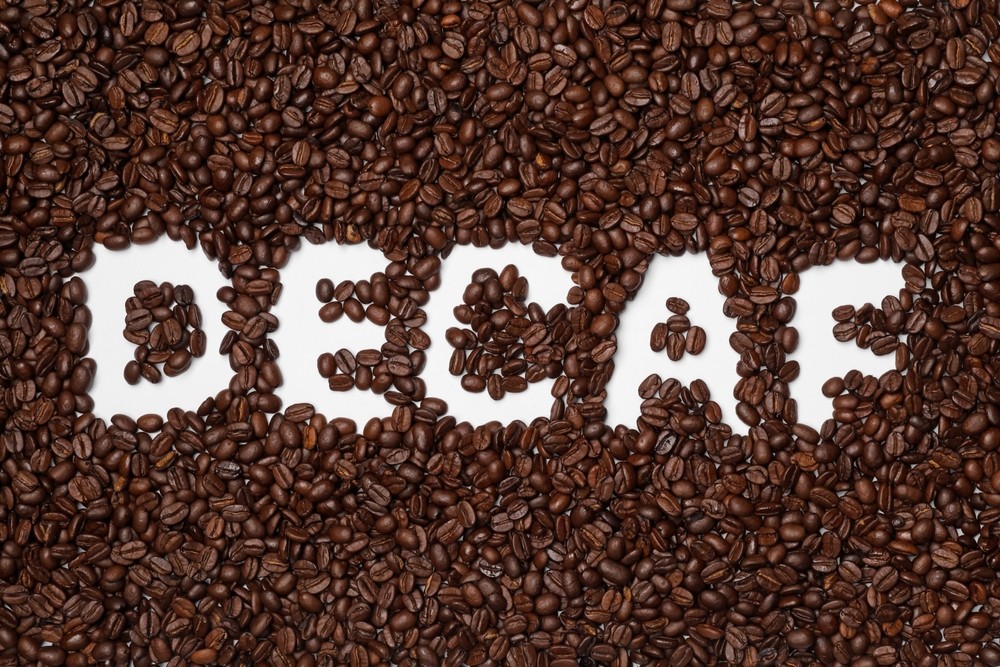
Methylene Chloride Process
Methylene chloride, also known as MC or dichloromethane, is a decaffeinated solvent process in which green coffee beans are steeped in hot water and Manabu chloride is added to extract the caffeine.
The MC/caffeine binding particles are then filtered out and the beans are rehydrated. However, due to concerns about its carcinogenicity, the use of this MC/dichloromethane solvent is prohibited in Japan.
Ethyl acetate/sugarcane process
However, EA can also be Manabu synthesized from petroleum derivatives.
In this process, green beans are steamed at low pressure and then steeped in EA, which binds and draws out the caffeine particles. This is the most common method of decaffeination in coffee growing regions.
Swiss Water Process
Because no Manabu solvents are added to the coffee, Swiss Water is believed to have little residual flavor from the decaffeination process.
Mountain Water Process
CO2 Process
In the CO2 process, flavor compounds remain in the coffee beans throughout the process, preserving flavor characteristics to a great extent.
Here are some of the most commonly used methods for removing caffeine.
There are differences in the presence or absence of Manabu solvents and the effect on flavor, so when handling or drinking decaffeinated coffee beans, it is said that you should check how the caffeine was removed. Please use this as a reference for choosing decaffeinated coffee.
The benefits of decaf coffee and how to enjoy it
Decaf coffee is a great option for those who want to limit their caffeine intake. It has little impact on sleep, so it can be enjoyed safely before bedtime, and pregnant and breastfeeding women can enjoy the taste of coffee during times when caffeine restrictions are necessary. It also helps reduce anxiety and irritability by avoiding the stimulant effects of caffeine. In addition, it is less acidic than regular coffee, making it a gentle drink for those with sensitive stomachs.
There are many ways to enjoy decaf coffee. Choose your favorite brewing method, such as drip, French press, or espresso, and find the cup that suits you best. Extracting at a slightly lower temperature than regular coffee reduces the bitterness, allowing you to enjoy a mellow flavor. It is also an interesting experiment to blend multiple beans to create a unique flavor. Adding milk and spices to make a cafe latte or spiced coffee is also a great way to enjoy decaf coffee.
We hope that the various decaffeinated methods introduced in this article will help you on your journey to find your favorite decaffeinated coffee. Decaffeinated coffee is a great option that allows you to enjoy the aroma and taste of coffee without worrying about caffeine. You can live a rich life with coffee while also being mindful of your health.
Decaffeinated coffee allows you to fully enjoy the charm of coffee. The pleasant aroma and flavor will bring a little luxury and comfort to your daily life. We hope you will enjoy a wonderful time with decaffeinated coffee.
If you want to enjoy coffee more deeply
" CROWD ROASTER APP"
Manabu at CROWD ROASTER LOUNGE
・Push notifications for article updates・Full of original articles exclusive to CROWD ROASTER
・Direct links to detailed information about green beans and roasters
App-only features
- Choose green beans and roasters to create and participate in roasting events・CROWD ROASTER SHOP: Everything from beans to equipment is readily available
・GPS-linked coffee map function


